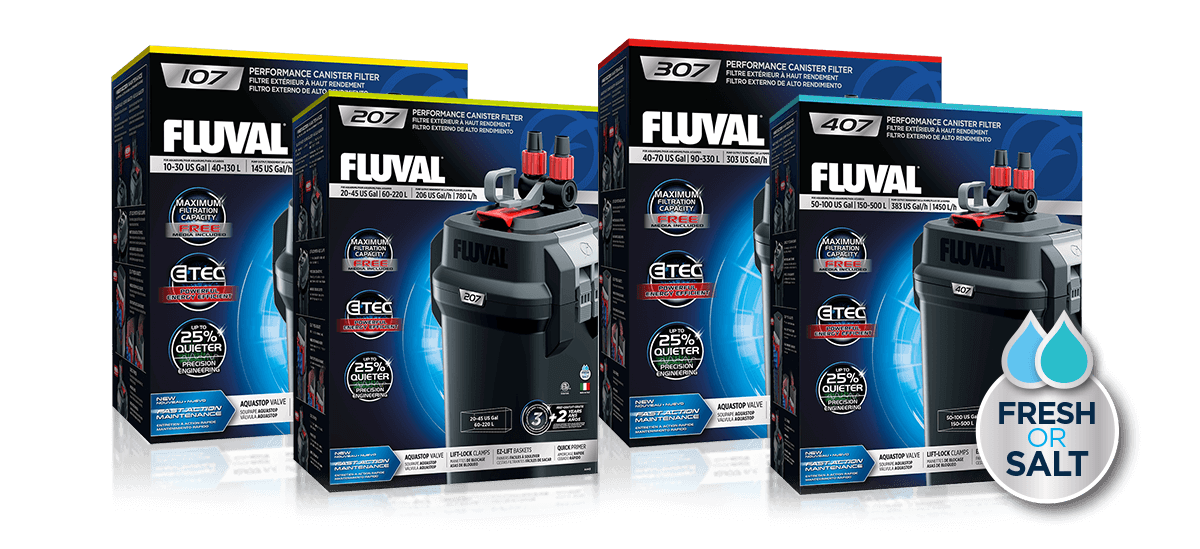A healthy aquarium depends on maintaining clean water and doing this requires some means of filtering out the water to remove contaminants and purify the water. Technically, there are three means of filtering aquarium water: Mechanical, biological, and chemical filtration are all important.
Biological filtration refers to the process by which beneficial bacteria break down ammonia and nitrite and transform them into compound nitrate, which is much less toxic. For beneficial bacteria to thrive, oxygen-rich water is needed, as well as a surface that bacteria can attach to, such as rocks or sand. All aquariums should have some provisions for biological filtration, and with very small fish populations, this alone might be sufficient to sustain the aquarium. However, in most aquariums, biological filtration will be just one method that is combined with others.
Chemical filtration means chemical additives remove dissolved wastes from the water. The most common method for chemical filtration uses activated charcoal.
Mechanical filtration is what most people think of as true filtration—machinery that removes solid particles from water by circulating water and straining it through some kind of aquarium filter. It is important to understand that mechanical filtration alone is not sufficient since it does not remove or convert ammonia, nitrate, or nitrite in the water. Mechanical filtration removes free-floating waste before it decays into harmful substances and to be beneficial the filter material must be cleaned or replaced every two to four weeks. In addition to filtering contaminants from the water, mechanical filtration assists in aerating the water.
Canister Filter
- Canisters are powerful mechanical aquarium filters best suited for medium- to large-sized tanks—those larger than 40 gallons. Because canister filters are positioned outside the tank, they may be easily concealed behind or beneath the aquarium stand. These large units provide effective mechanical, chemical, and biological filtration. Canister filters are pressurized to force water through the Filter Media rather than allowing it to flow past it as other filters do. This makes them ideal for heavy loads. Adding a bio wheel increases the biological filtration capacity of the aquarium filter.

Canister filters are very effective for those with many living plants. Costs can range from Rs. 4500-40,000.
Power Filters
- Power filters are the most commonly used aquarium filters, largely because they offer excellent mechanical, chemical, and biological filtration simultaneously. The standard Power Filters hang off the back of the aquarium and suck water up through a siphon tube. They are simple to install and easy to maintain. Mechanical filtration is achieved by water flowing through a filter pad or floss. Chemical filtration is provided by the water flowing through an activated carbon filter, and biological filtration is offered by beneficial bacteria that form inside the filter cartridge. Power filters may be combined with a biowheel to provide increased biological filtration.
Hang on back filters.
Hang-on back filters are external filters but the biological filter chamber is attached in an aquarium at the water level. The outlet of the HOBs resembles a small fountain. HOBS contributes to gaseous exchange and at the same time satisfies the biological filtration effectively. These filters can be used for aquariums between 18″ and -48″ inches as an additional filter for gas exchange.
To be continued…
Looking for stunning aquascapes and koi fish ponds? check our website https://filialaquatics.com/
Call us 6382971985












